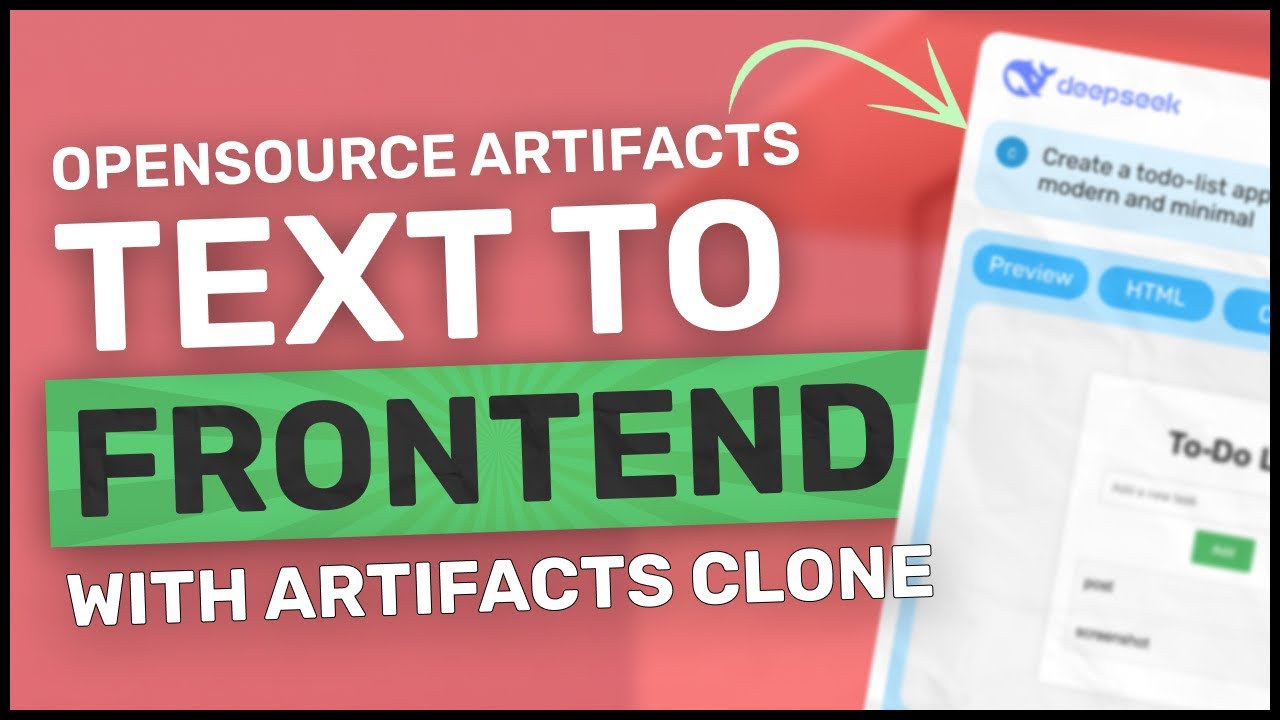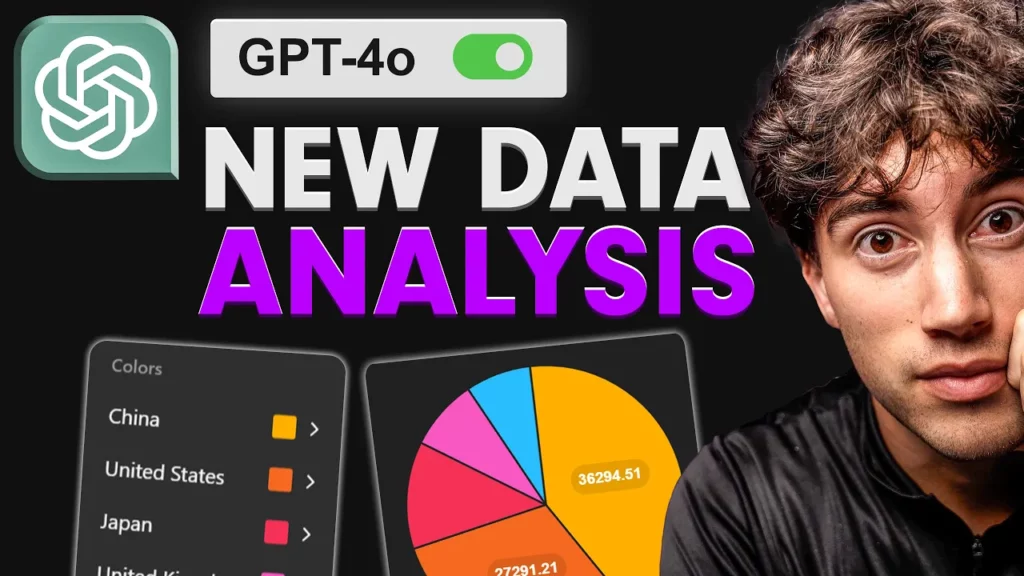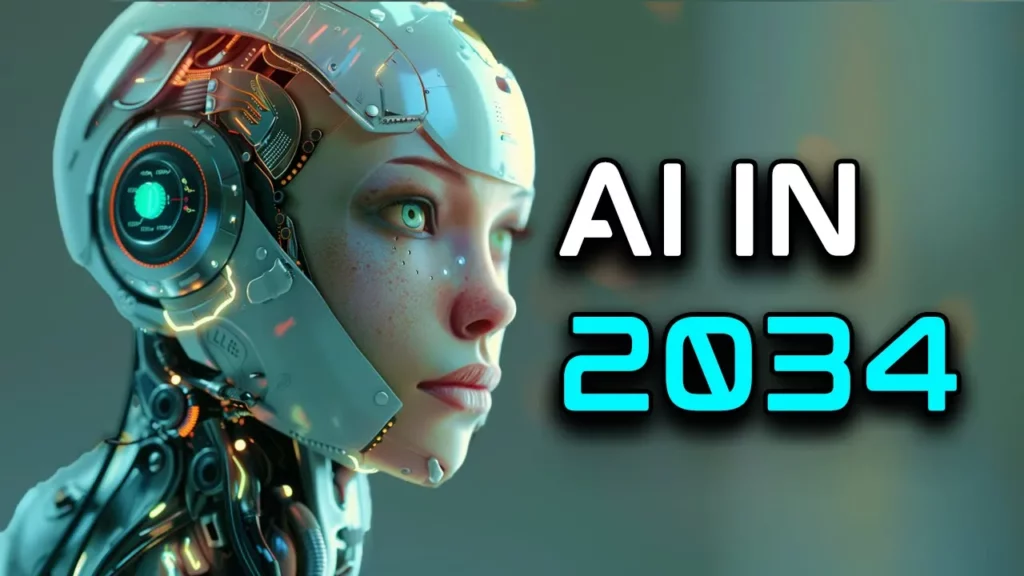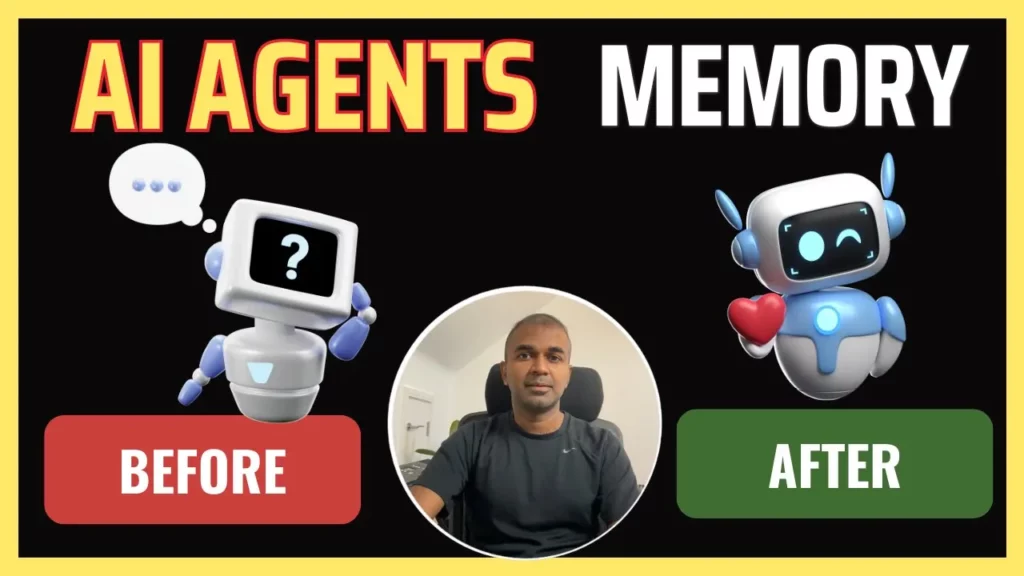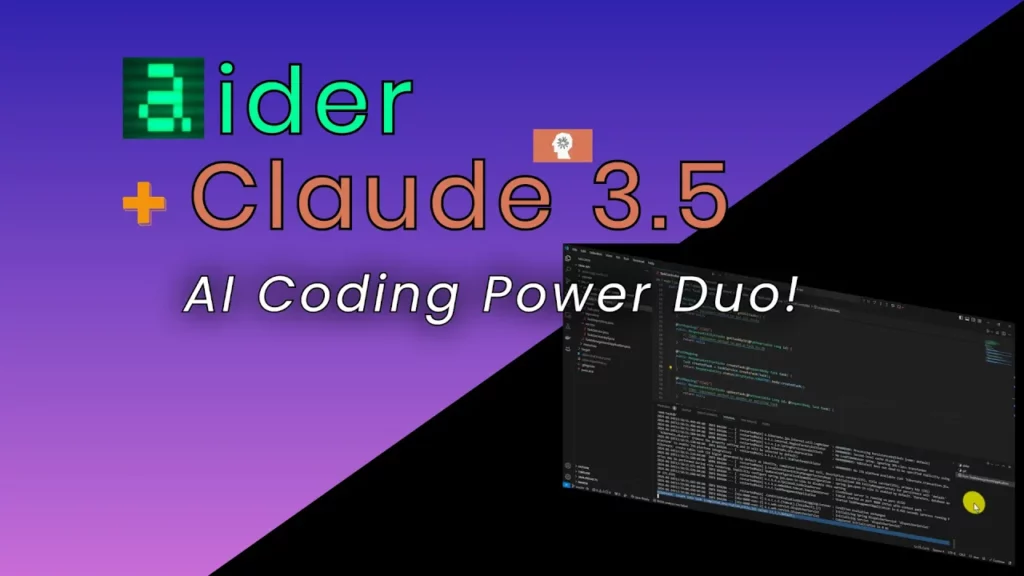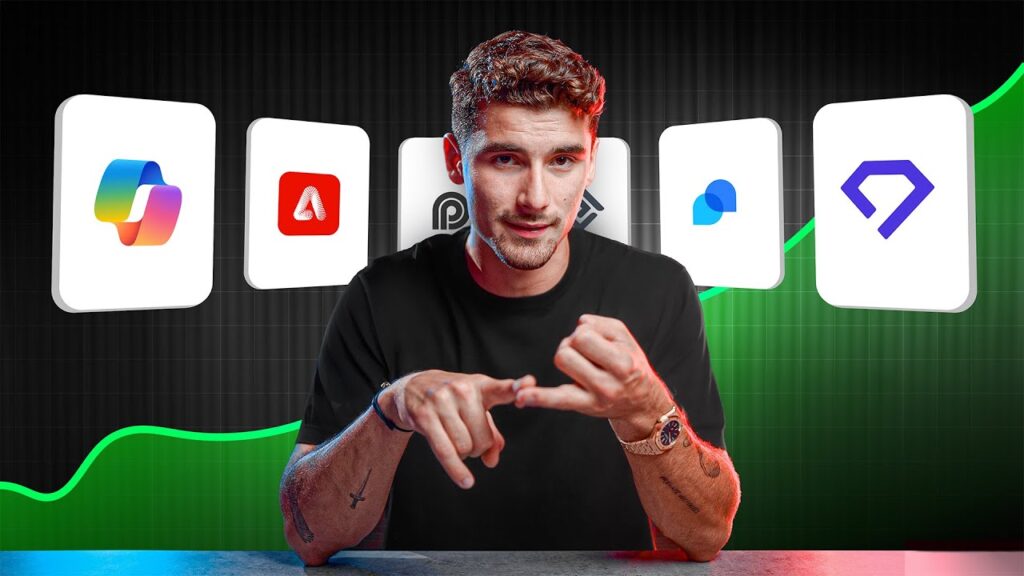Chat GPT artifacts have revolutionized the way developers approach front-end development by offering a seamless integration of code generation and preview directly within the chat interface. This feature, reminiscent of text-to-frontend tools, has sparked excitement within the developer community for its efficiency and convenience.
Designed to work with open AI models like gp4, chat GPT artifacts provide a platform to generate a wide range of UI components, websites, and applications effortlessly. By leveraging the artifacts interface, users can visualize their code in real-time, eliminating the need for constant downloads and manual runs.
The installation process for chat GPT artifacts is straightforward, requiring users to clone the GitHub repository, configure the necessary settings, and run the application locally. Once set up, developers can explore the capabilities of this tool by generating various projects, from games to landing pages, with remarkable speed and accuracy.
However, as with any AI-driven tool, limitations exist in handling complex logic and intricate game designs. While chat GPT artifacts excel in generating standard UI elements, challenges may arise when attempting more sophisticated projects. Nonetheless, the tool’s compatibility with local models, such as the Deep Seek Coder V2, opens up new possibilities for enhancing code generation processes.
In conclusion, chat GPT artifacts offer a promising solution for rapid prototyping and front-end development, bridging the gap between code creation and visualization. Whether used with open AI models or local setups, this tool presents a valuable resource for developers seeking to streamline their workflow and iterate on design concepts efficiently.
